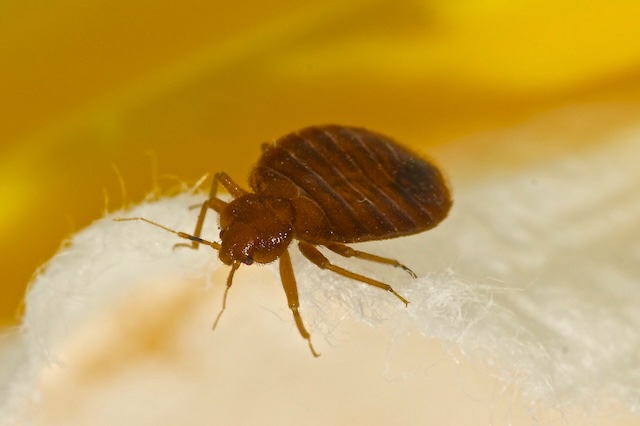Bed bug outbreaks are known for spreading quickly, which can be hard to deal with in buildings with more than one unit. Bed bugs can easily move from one apartment to another because of shared areas, units that are close to each other, and people moving around. To effectively control and eradicate bed bugs in these settings, you need to work together and use a plan.
Pros and cons:
Bed bugs can quickly move from one room to another in buildings with more than one unit by using cracks in the walls, electrical conduits, or shared plumbing. Because they grow so quickly, it’s hard to stop an infestation once it starts.
Limited Control: Residents may try to treat the problem themselves, which could make it worse or not get rid of it completely. Infestations can happen again and again if treatment attempts are not coordinated.
Tenant Turnover: In multi-unit buildings with high tenant turnover, new residents may bring bed bugs with them without meaning to, which keeps the problem going.
Shared Spaces: Laundry rooms, halls, and common lounges are all places where bed bugs like to hang out. Residents and management must work together to treat these places.
What to do:
Collaborative Education: It is very important to teach people about the signs of bed bug infestations, how to avoid them, and how important it is to report problems right away. A group that knows what’s going on is more likely to find problems and fix them quickly.
Professional Inspections: You can find pest problems early on by having pest control pros do regular inspections. This proactive method lets specific treatments happen before the problem gets worse.
Integrated Pest Management (IPM): An IPM technique uses a number of different methods, such as thorough inspections, targeted treatments, and ongoing monitoring. IPM strategies are made to be long-lasting and good for the earth.
Tenant Cooperation: It is very important to promote a spirit of cooperation among tenants. Residents should report any possible infestations right away, and everyone needs to work together during the cleaning process to make sure the whole building is properly taken care of.
Preventive Steps: Putting in mattress covers that are resistant to bed bugs, cleaning public areas often, and giving people advice on how to keep bed bugs from coming in can help with long-term control.
Professional Help: As soon as bed bug infestations are found, they need to be treated quickly and efficiently by professional pest control services. This could mean treating the affected units and common areas and putting in place steps to stop it from happening again.
Community-Wide Method:
To get rid of bed bugs in multi-unit buildings, the whole neighbourhood needs to work together. Building managers, residents, and pest control experts must all work together to make the building a place where bed bugs don’t want to be and where problems can be quickly fixed.
Getting rid of bed bugs in buildings with multiple units is hard and needs a thorough plan. Professional pest control services, along with proactive steps, education, and cooperation among residents, can help get rid of infestations successfully. By encouraging everyone to take responsibility, the community can make it impossible for bed bugs to live there. This will lower the risk of infestations and make everyone’s living area more comfortable.
